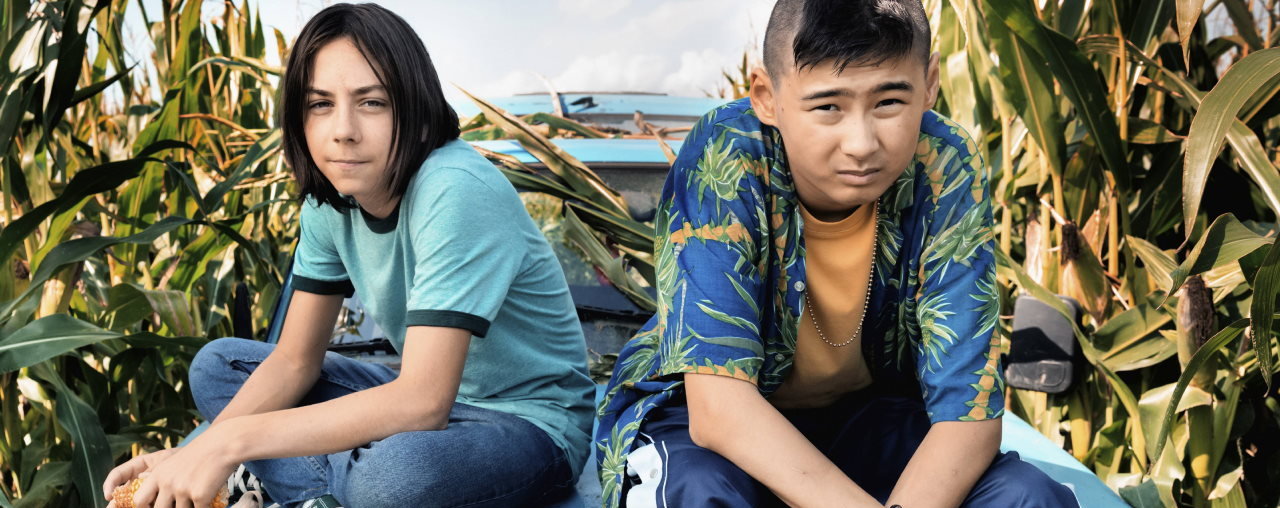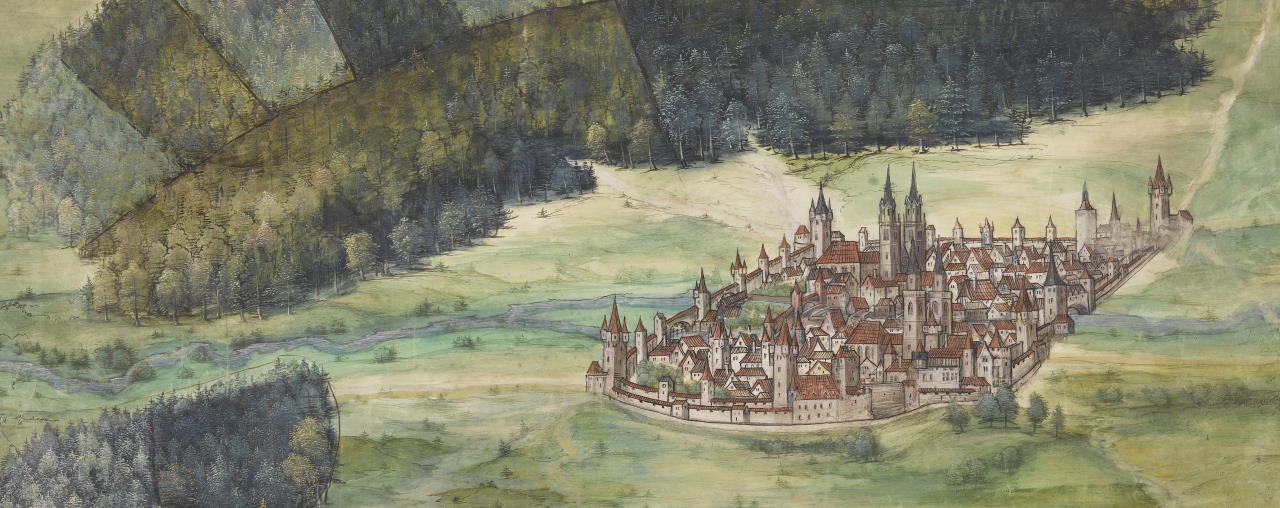The Project
German History Intersections is a source-based digital project that examines three broad topics – migration, knowledge and education, and Germanness – from 1500 to the present. By charting these topics across centuries, the project offers an alternative to traditional histories that focus on discrete historical periods.
The Topics

Migration
Drawing on the personal stories of individuals and the collective experiences of migrant groups, this module examines the movement of people across and within the shifting borders of Central Europe from the Early Modern period to the present.
Knowledge and Education
Education, ideas, and the history of knowledge are the focus of this module, which explores the construction, negotiation, circulation, and organization of various types of “expert” and popular knowledge in Germany over five centuries, from the Reformation to the Digital Age.
Germanness
This module describes the complex and ever-changing meaning of Germanness from the Holy Roman Empire to present-day Europe. One central theme is the intersection of Germanness with other markers of identity, such as gender, ethnicity, religion, and social class.I chose this image of the library of the Prussian Royal Institute for the Blind for its tantalizing interplay of old and new. The foundations of learning in the West are in Greek philosophy, especially in Plato, whose famous Allegory of the Cave depicted learning as an emancipating movement from darkness into light. With the adoption of Braille reading code, blind Germans were able to undertake this movement in their own way, emancipating themselves and preparing themselves for broader forms of work and leisure. The image also unites older methods of academic inquiry, such as the history of reading, with newer methods from recent fields, such as Disability Studies. A particular strength of the history of knowledge as a research field is its dynamic flexibility and its capacity to integrate learning from multiple fields.
Jeff Zalar, University of Cincinnati, member of the “Knowledge and Education” working group
